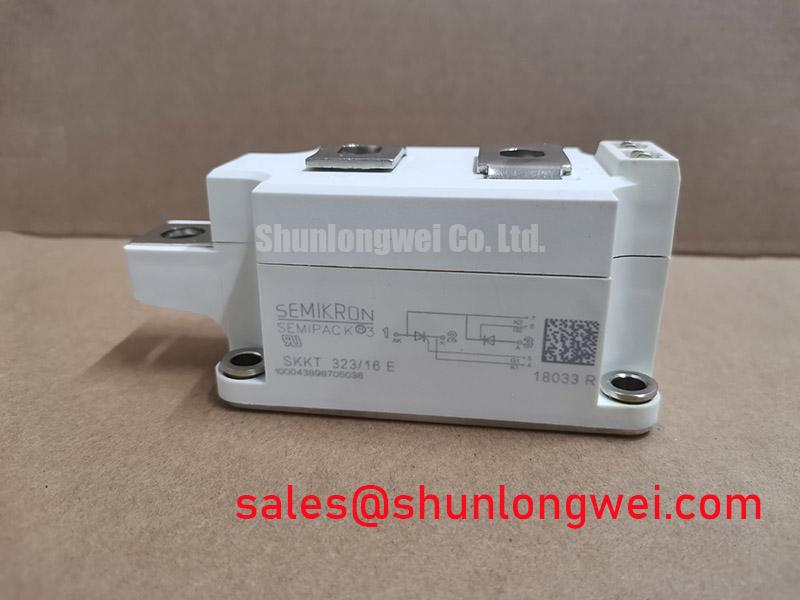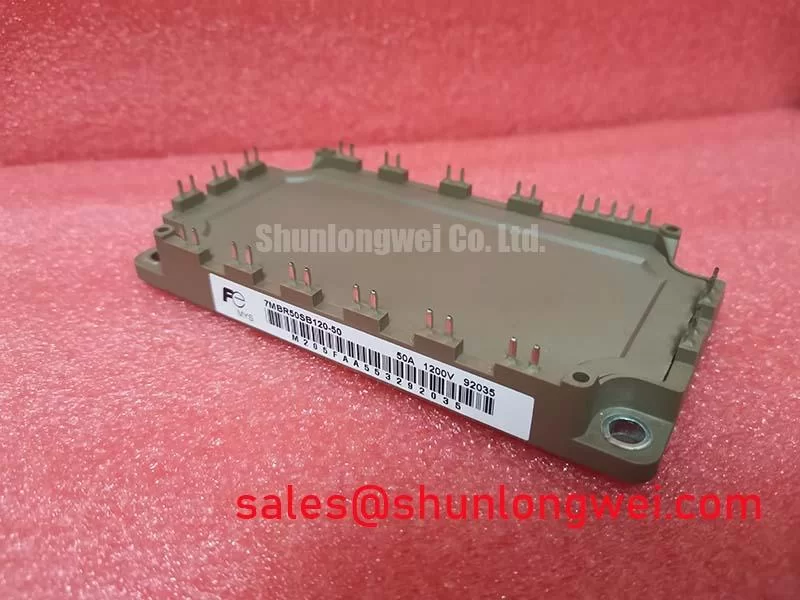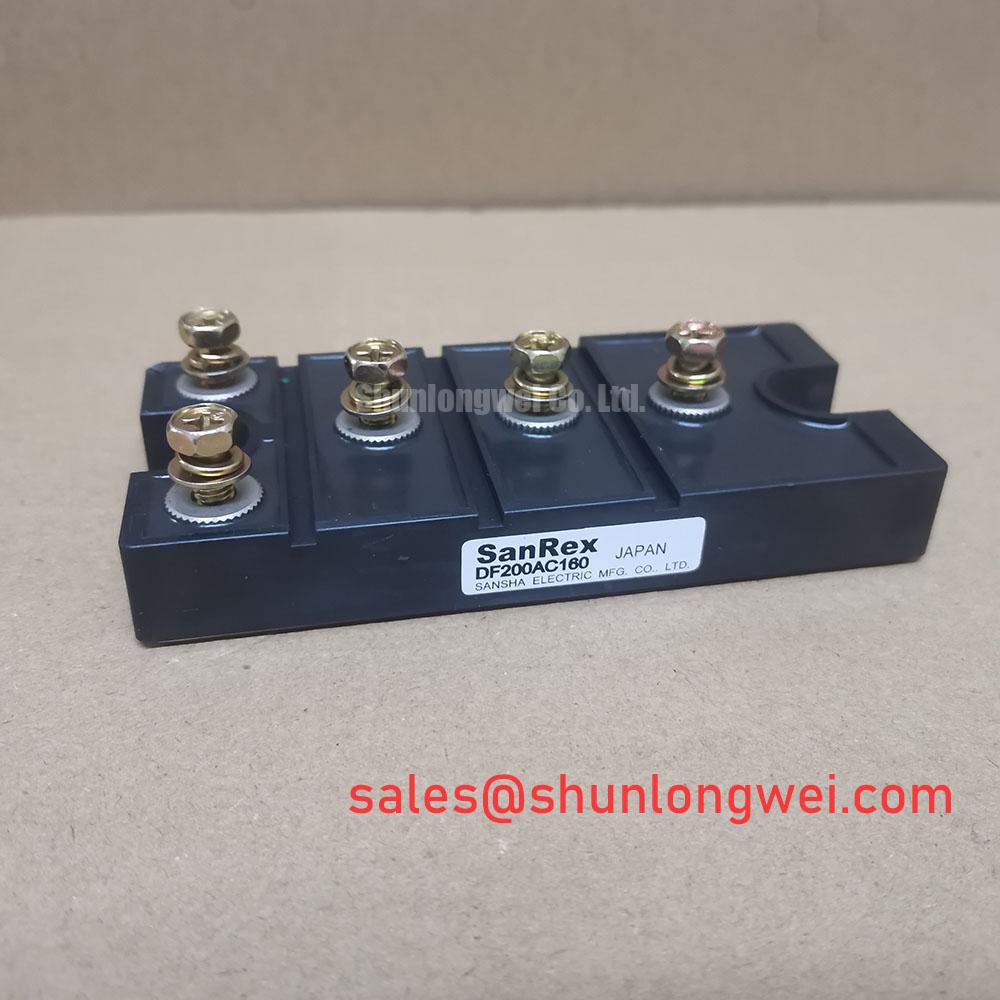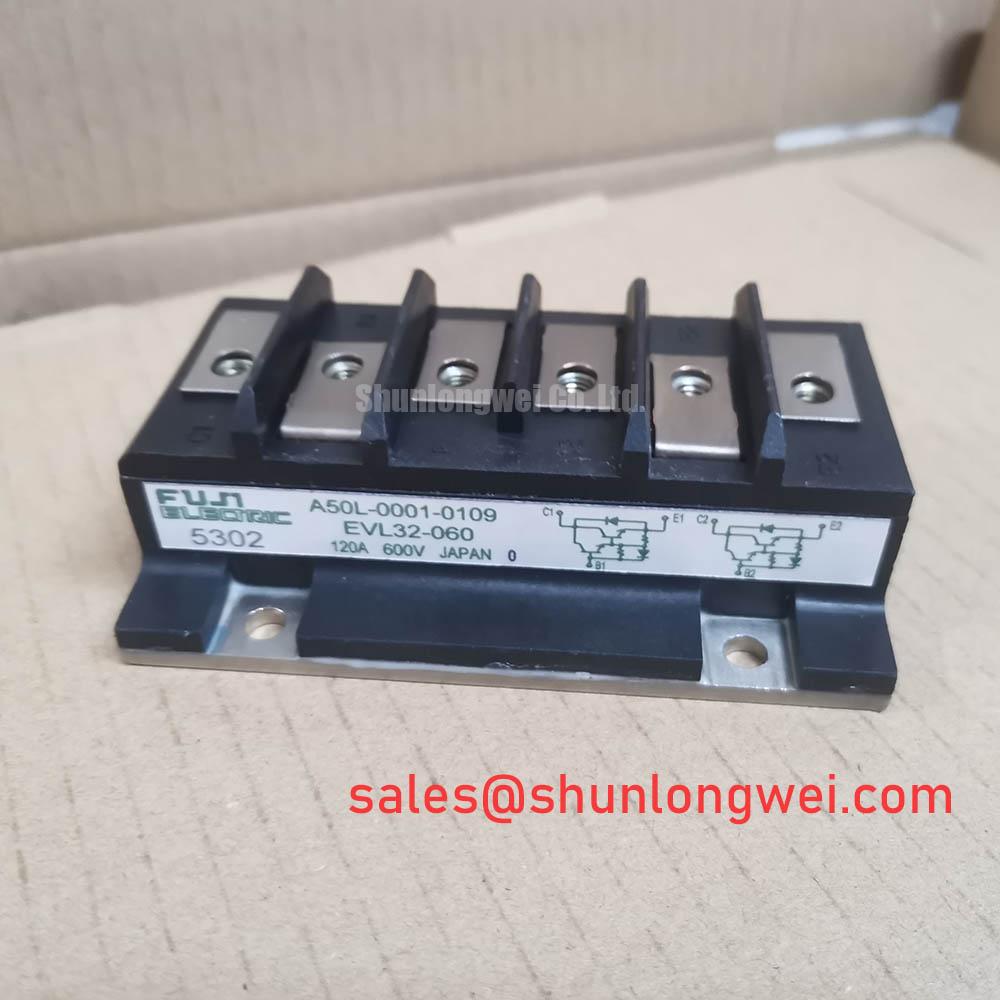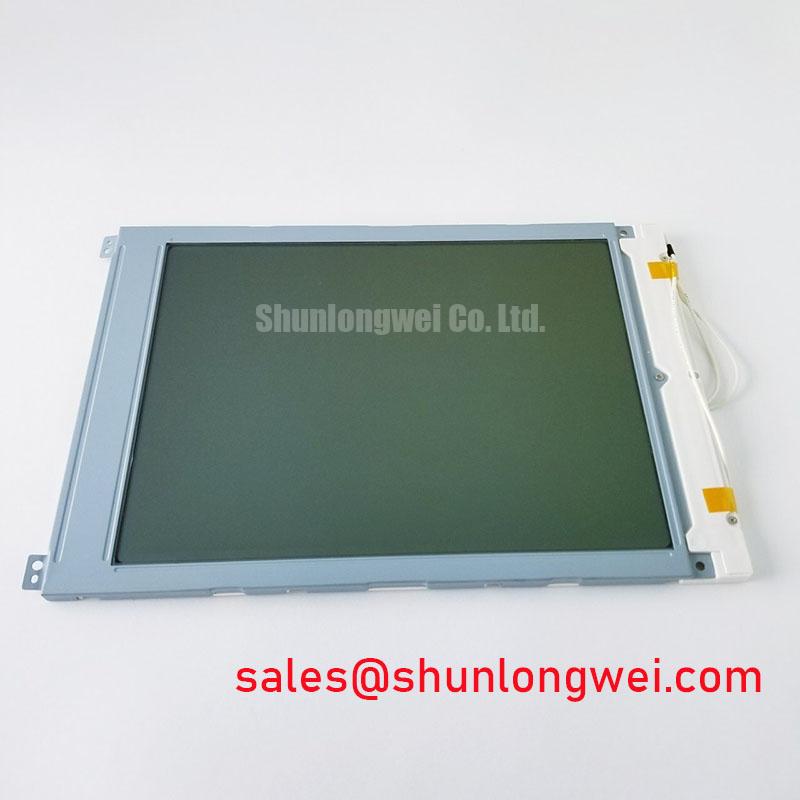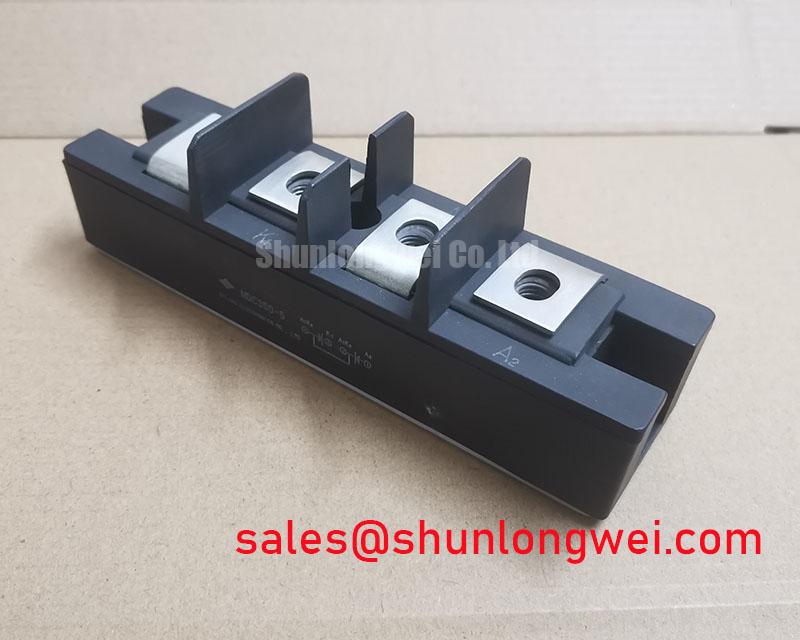SKKT 323/16 E Thyristor Module: Engineering Analysis of 1600V, 320A Performance and High-Reliability Design
Content last revised on October 7, 2025.
The Semikron SKKT 323/16 E is a thyristor/diode module engineered to deliver exceptional reliability and performance in high-power control systems. Its core value proposition is rooted in a field-proven pressure contact design, which provides superior resilience against thermal cycling failures. Key specifications include: 1600V | 320A (ITAVM) | ITSM 9500A. This translates to two primary engineering benefits: enhanced operational lifetime and simplified thermal management. By eliminating internal solder joints, a common point of fatigue, this module directly addresses the need for robust power stages in demanding industrial environments. With its high surge current immunity and 1600V rating, this module is an optimal choice for industrial soft starters and controlled rectifiers operating on 400V/690V lines.
Key Parameter Overview
Decoding the Specs for Thermal Stability and Electrical Robustness
The technical specifications of the SKKT 323/16 E are tailored for robust performance in industrial power conversion. Each parameter is critical for system design, directly influencing reliability, efficiency, and thermal architecture. Below is a breakdown of the key figures that define its operational capabilities.
| Parameter | Value | Engineering Significance |
|---|---|---|
| Repetitive Peak Reverse/Off-State Voltage (VRRM, VDRM) | 1600 V | Provides a substantial safety margin for operation on 400V and 690V AC mains, ensuring high immunity to line transients and voltage spikes. |
| On-state Current (ITAVM) @ Tc=85°C | 320 A | Defines the continuous current handling capability, enabling its use in high-power motor drives and rectifier applications. |
| Surge On-state Current (ITSM) | 9500 A (t=10ms, Tvj=25°C) | Indicates extreme robustness against high inrush currents typical during motor startup or fault conditions, preventing catastrophic failure. |
| I²t Value for Fusing | 451,250 A²s (t=10ms, Tvj=25°C) | This represents the module's thermal energy absorption capacity. A high value signifies it can withstand significant fault energy, simplifying protective fuse selection and enhancing system survivability. It acts as the circuit's electrical 'shock absorber'. |
| Threshold Voltage (VT(TO)) | 0.85 V | A key parameter for calculating conduction losses. This relatively low threshold voltage contributes to better thermal performance under load. |
| Thermal Resistance, Junction to Case (Rth(j-c)) | 0.075 K/W (per thyristor) | A critical metric for thermal design. This low value, enabled by the Al2O3 baseplate, ensures efficient heat transfer from the silicon die to the heatsink, allowing for higher power density or smaller cooling solutions. Understanding thermal resistance is key to reliable design. |
| Isolation Voltage (Visol) | 3600 V | Guarantees high electrical isolation between the power circuit and the mounting heatsink, simplifying assembly and enhancing overall system safety. |
Download the SKKT 323/16 E datasheet for detailed specifications and performance curves.
Application Scenarios & Value
System-Level Benefits in Industrial Motor Control and Power Rectification
The SKKT 323/16 E is best suited for applications where long-term reliability and the ability to handle high-stress electrical events are non-negotiable. Its primary value is demonstrated in AC motor soft starters, controlled rectifiers, and AC power controllers.
Consider the engineering challenge in a heavy-duty conveyor system powered by a large induction motor. The startup phase generates a massive inrush current that can thermally and mechanically stress power electronics. The SKKT 323/16 E's high I²t value of 451,250 A²s provides the necessary thermal capacity to repeatedly absorb these energy pulses without degradation. This robustness, a direct result of its design, ensures the soft starter functions reliably over years of service, preventing costly downtime. The precise phase control enabled by the thyristors allows for a smooth ramp-up of motor torque, reducing mechanical shock to the gearbox and load.
Furthermore, its application as a front-end controlled rectifier in DC power supplies or DC motor drives benefits significantly from its 1600V rating and efficient thermal design. The integrated Al2O3 ceramic isolation simplifies mounting and improves the thermal interface to the heatsink, a crucial factor in building compact and reliable power conversion units. For systems with different current demands, the SEMIPACK® 2 family offers a range of options. While the SKKT 323/16 E is engineered for demanding applications, systems with lower current requirements might evaluate the SKKT 250/16E. For even higher power-rated designs, the series includes options such as the SKKT 570/16E.
Frequently Asked Questions (FAQ)
Getting the Most from Your Design
What is the primary engineering benefit of the pressure contact technology used in the SKKT 323/16 E?
The key benefit is enhanced long-term reliability. By eliminating solder layers, which are prone to fatigue and cracking under repeated thermal cycling, the pressure contact system maintains a consistent and robust electrical and thermal connection, significantly extending the module's operational lifetime in harsh industrial applications.
How does the 9500 A surge current rating (ITSM) translate to application reliability?
This high rating provides a critical safety margin against unexpected events like motor stalls, short circuits, or capacitor charging inrush. It means the module can survive these high-stress, short-duration events without failing, making the overall system more robust and less susceptible to field failures.
Does the aluminium oxide ceramic baseplate require an additional isolation foil for mounting?
No, it does not. The module features an integrated isolated metal baseplate with an isolation voltage of 3600V. This simplifies the assembly process, reduces component count, and creates a more reliable and efficient thermal path compared to using external isolation pads.
Is the 1600V rating of the SKKT 323/16 E sufficient for three-phase 690V AC line applications?
Yes, it is well-suited for such applications. A 690V AC line has a peak voltage of approximately 975V (690V * √2). The 1600V rating provides a substantial safety margin (over 60%) to accommodate voltage transients and overshoots, which is a critical design practice for ensuring reliability in industrial power grids.
How does the module's thermal resistance (Rth(j-c)) of 0.075 K/W impact heatsink design?
A low Rth(j-c) indicates highly efficient heat transfer from the semiconductor junction to the module's case. This allows engineers to either use a smaller, more cost-effective heatsink for a given power dissipation or to operate the module at a higher output current while maintaining a safe junction temperature, thereby increasing power density.
Technical Deep Dive
A Closer Look at the Pressure-Contact Design for Long-Term Reliability
The defining feature of the SKKT 323/16 E is its use of pressure contact technology, a design philosophy that directly confronts a primary failure mechanism in conventional power modules: solder fatigue. In a standard soldered module, the silicon die is bonded to a baseplate using layers of solder. As the module heats and cools during operation, the different materials expand and contract at different rates, putting mechanical stress on these rigid solder joints. Over thousands of cycles, this can lead to micro-cracks, increasing thermal resistance and eventually causing device failure. For a deeper understanding of failure modes, reviewing an analysis of IGBT failures can provide relevant insights, as thermal stress is a common challenge for all power modules.
The pressure contact system fundamentally solves this issue. To visualize the difference, consider a glued mechanical joint versus a bolted one. Solder is like glue: strong but brittle and susceptible to cracking under cyclical stress. A pressure contact is like a pre-loaded bolt: it uses a calibrated internal spring system to maintain constant, uniform pressure on the semiconductor element. This creates a reliable electrical and thermal connection that can accommodate the micro-movements of thermal expansion without degradation. This design choice makes the SKKT 323/16 E inherently more robust and an ideal candidate for applications with frequent on/off cycles or widely varying loads, such as soft starters or temperature controllers for large industrial furnaces. This technology, core to the Semikron-Danfoss philosophy for high-power modules, ensures a predictable and extended operational life.
An Engineer's Perspective
From a design standpoint, the SKKT 323/16 E module offers a straightforward path to a robust power control stage. Its combination of high voltage and current ratings, coupled with exceptional surge immunity, provides the headroom needed for reliable industrial designs. The most significant advantage, however, lies in the pressure contact technology. This feature shifts the design focus from mitigating component wear-out to leveraging a component built for endurance. The low thermal resistance simplifies cooling system design, and the integrated isolation reduces mechanical complexity. For engineers developing systems where uptime is critical and maintenance opportunities are scarce, the SKKT 323/16 E provides a component foundation built on the principles of electrical ruggedness and mechanical longevity.

